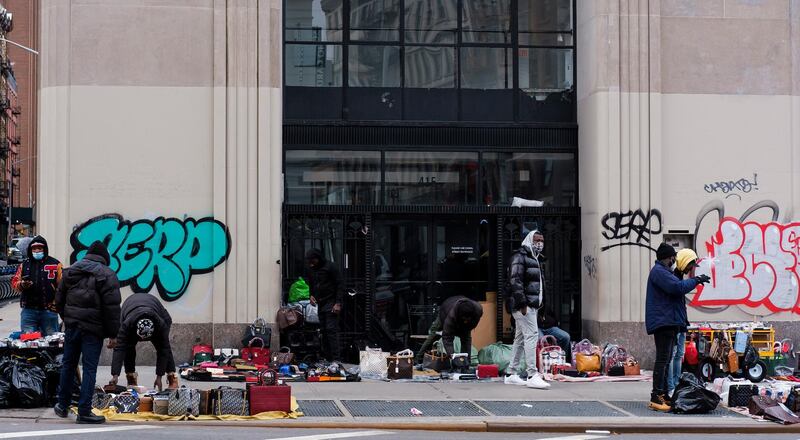Applications for US state unemployment benefits surged last week by the most since late March, pointing to persistent labour-market pain as coronavirus infections continue to soar and potentially adding to momentum for a larger federal stimulus plan.
Initial jobless claims in regular state programmes rose by 181,000 to 965,000 in the week ended January 9, according to Labour Department data on Thursday, which showed a broad number of states with large increases. On an unadjusted basis, the figure jumped to 1.15 million.
The scope of the increase caught many economists by surprise; most of the several dozen surveyed by Bloomberg projected the claims number would be little changed and not a single one of them had predicted so big a jump.
The median forecast in a Bloomberg survey of economists called for 789,000 initial claims. The S&P 500 advanced in early trading along with the yield on the 10-year Treasury on prospects for more Covid-19 relief.
Continuing claims in state programs – an approximation of the number of people receiving ongoing benefits – climbed by 199,000 to 5.27 million in the week ended January 2.
“The restrictions imposed to combat the third Covid wave clearly have done great damage, but it’s not obvious that the incremental hit is still increasing,” Ian Shepherdson, chief economist at Pantheon Macroeconomics, said in a note. “Claims will drift sideways, more or less, over the next two to three months, before restrictions on the services sector can be gradually eased as vaccination brings herd immunity into sight.”
Jobless claims have exceeded 750,000 each week since virus cases started surging again late last year, underscoring the impact of infection fears and business restrictions on employment. Vaccine distribution should help restore economic activity in the coming months, but the first quarter could continue to bring labour market weakness until inoculations reach a critical mass.
The recently approved $900 billion pandemic aid package should provide some relief for workers and businesses in the current quarter.
Enhanced unemployment benefits passed in the December bill, combined with a $300 weekly top-up for regular state benefits, may have contributed to the latest increase in claims, said Gregory Daco, chief US economist at Oxford Economics.
“From a signalling perspective, once you see that maybe you think ‘it’s worth me filing because I can get an additional $X per week’. There’s a positive effect there in terms of signalling, but I would not say it’s a revelation of additional laziness,” Mr Daco said.
President-elect Joe Biden is expected to release details of a proposed additional relief package that could further extend unemployment benefits and aid cities and states. Mr Biden last week put the “entire package” at “trillions of dollars”, and many Democrats believe it will be as much as $2 trillion, while others expect the coronavirus-only portion will fall closer to the value of the last package.
The initial filings far exceeded the worst days of the 2007-09 recession and may skew negotiators toward a bigger relief package.






